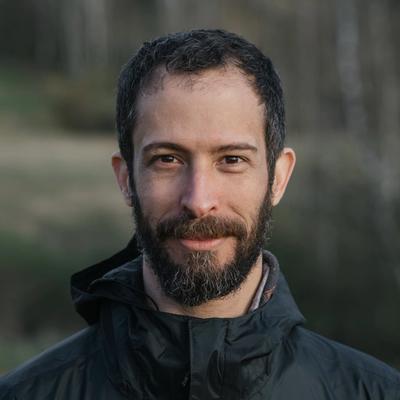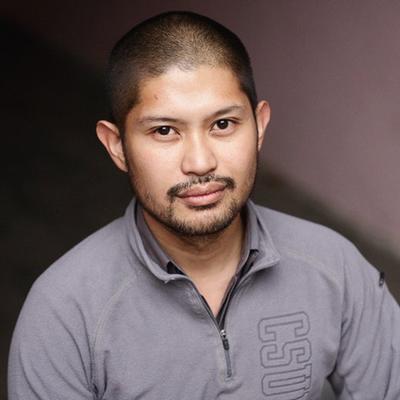Perceiving Deep Time: The SEADS Squatfabrik Residency

(Photo ©Gilles Kayser_Kulturfabrik)
How can art and speculative design help us connect with time periods that are too vast to comprehend? That was the question that SEADS aimed to explore during our four-week Squatfabrik residency at Kulturfabrik, a cultural centre in Esch-sur-Alzette in Luxembourg. Represented by collective members Diego Maranan of UP Open University and Fred Sena of FX Pear Studios, SEADS embarked on an exploratory journey during its residency, delving into the creation of a kinetic sculpture that aims to elicit an affective response to the concept of deep time. The goal was to create something that challenges our perception of time and our relationship with the future through visual aesthetics and physical interaction. By experiencing on a personal level the aesthetics and tangibility of the unfolding of deep time, the work invited audiences to contemplate how we might act as ‘good ancestors’ in the interests of our future descendants.
The result of our exploration is a tactile kinetic sculpture that attempts to make visible and palpable the passage of extraordinary lengths of time, allowing audience members to perceive the deep future using multiple modalities. The heart of the installation is a series of gears that rotate in time ranging from the very short (every 5 seconds) to the exceedingly long (every 21,425 years). This mechanism is encased in a protective structure, which features biologically-inspired contours that evoke our fluid and subjective experience of time. The structure is also evocative of fungi such as basket mushrooms (Ileodictyon cibarium), referencing the longevity of certain fungal species (e.g., Armillaria bulbosa) that live upwards of a thousand years.
Portions of the mechanism protrude from the structure’s surface, exposing to the audience different planetary gears that rotate at different rates. Each of the gears marks a different historical, geological, or astronomical milestone. For instance, gear 12 would complete one rotation after 1.4 years; as of this writing, this means that by the time that this gear turns, a new US president will have been elected. Gear 14 turns every 34 years; given that a generation is typically seen as last 2o to 30 years, a new generation of humans will have been born by the time this gear has turned. By the time Gear 16 turns 857 years into the future, an asteroid that is predicted to have a good chance of colliding into the Earth—asteroid (29075) 1950 DA—will have either missed us or would have devastated much of life on the planet. If the Earth hasn't been decimated by a planetary catastrophe, Gamma Cephei Polaris will have become the new North star because of the precession of the equinox long before Gear 17 turns, 4285 years into the future.
Audience members are encouraged to touch the gears. In doing so, they can physically interact with an artifact that has a symbolic but nevertheless tangible relationship to the deep future. Our use of large mechanical gears was deliberate. Unlike electronic and computational technologies whose inner workings are largely opaque to the observer, the mechanism we have built in the sculpture makes it clear why the audience should believe that, for example, a particular gear really will turn once every several thousand years. It is hard to imagine 21,000 years, but observers can touch it in the sculpture. If we can’t imagine something, then perhaps we can feel it.
We see our tactile kinetic sculpture as a prototype for future versions that would be more durable and evoke even longer time spans. Future versions could incorporate more opportunities for personal interaction and reflection. In addition, we acknowledge that the ability to think far into the future is also a privilege that not everyone has. Depending on where this work (or new iterations of it) would be exhibited, the placement, rotation speed, and number of gears can be adjusted to suit the audience.
About Squatfabrik
Squatfabrik is a program of short artistic residencies established in 2020 to support emerging and established artists in the creation of groundbreaking contemporary art. Located at Kulturfabrik in Esch-sur-Alzette, Luxembourg, Squatfabrik provides a platform for experimentation, collaboration, and creative exchange.
About Kulturfabrik
Kulturfabrik is a renowned cultural center located in Esch-sur-Alzette, Luxembourg. With its diverse program of events, exhibitions, performances, and workshops, Kulturfabrik plays a vital role in promoting artistic expression, cultural diversity, and community engagement.










